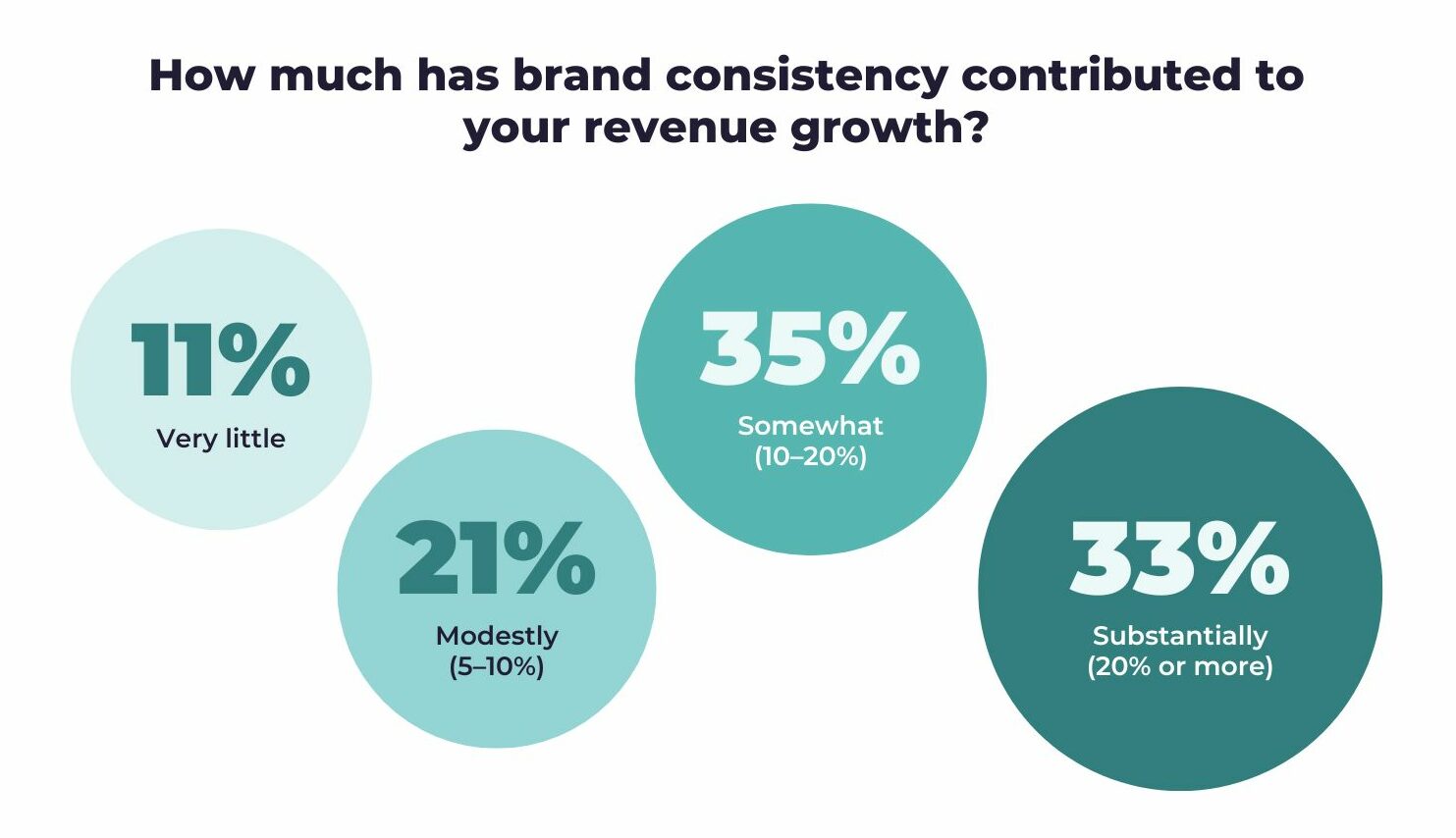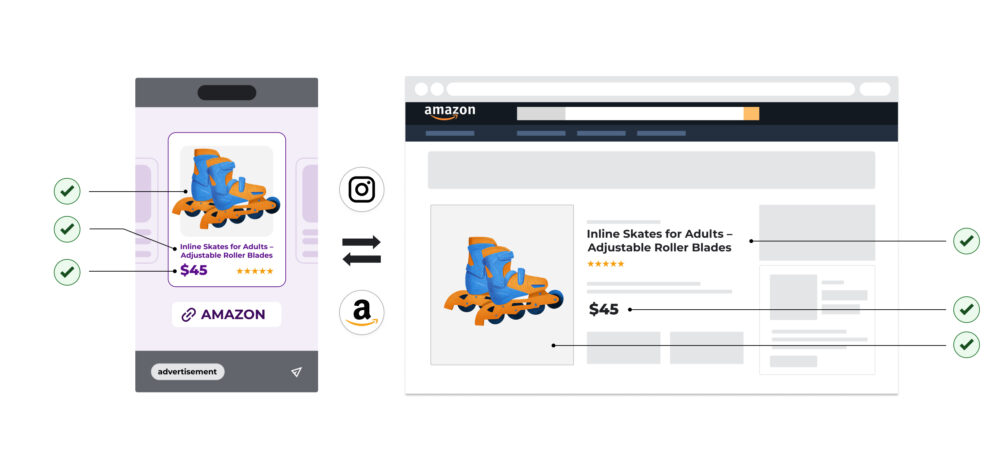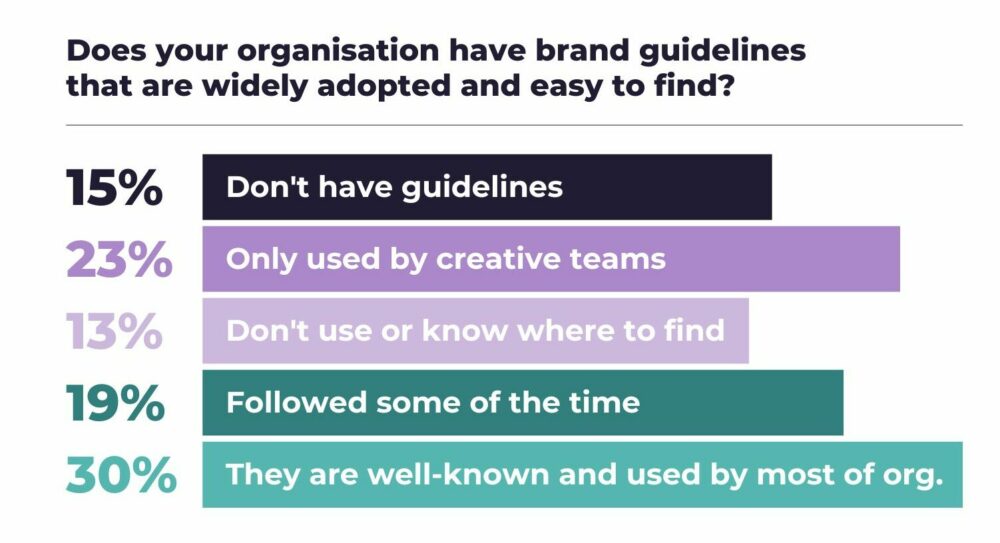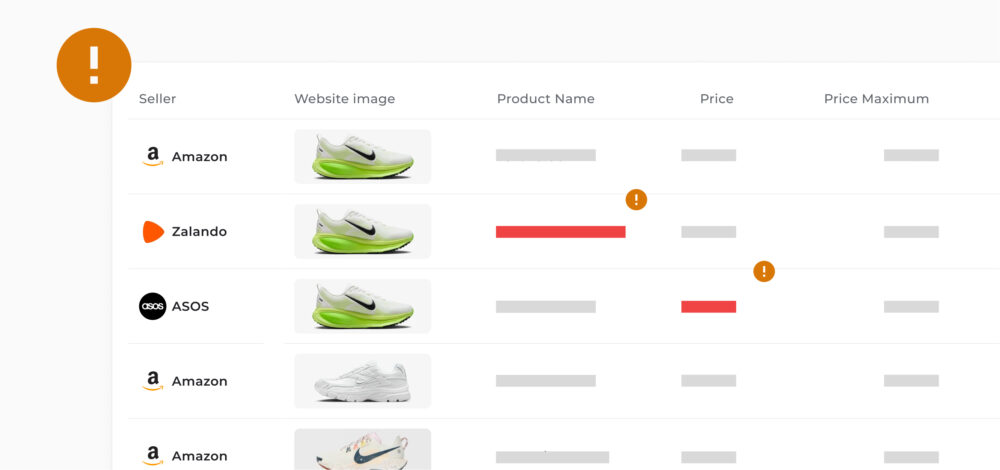Maintaining Brand Consistency Across Multiple Platforms in 2025
The Challenge of Brand Consistency in an Omnichannel Environment
The 2025 digital landscape presents an unprecedented challenge for brands. Consumers interact with businesses through multiple touchpoints during the customer journey. From social media to marketplaces, corporate websites and mobile apps, every touchpoint must convey the same brand essence.
Brand consistency is no longer merely an aesthetic consideration. It has become a critical factor that directly influences consumer trust and business results. According to a study by marq, involving over 400 business professionals, 68% stated that maintaining brand consistency boosted their revenue growth by 10% or more.

However, maintaining this consistency in an omnichannel environment is complex. Each platform has its own rules, formats and audiences. Internal teams work independently. Intermediaries modify content without oversight. These factors create a scenario where inconsistency can easily arise. And the cost of inconsistency is high. Consumers who encounter contradictory information about a brand experience confusion and distrust. This translates into lower conversion rates, abandoned shopping baskets and, ultimately, loss of customers to the competition.
This article will explore what brand consistency in the modern Digital Shelf truly means, what the biggest obstacles are and what practical methods you can apply to maintain it, regardless of the number of platforms you operate on.
What does Brand Consistency Mean on the Digital Shelf?
The Digital Shelf has revolutionized how we understand online brand presence. It’s no longer just about the physical shelf in a traditional store. The Digital Shelf encompasses all the digital spaces where consumers can find, evaluate and purchase a brand’s products.
Consistency on the Digital Shelf means that a consumer should receive the same brand experience regardless of where they are browsing. It’s not simply about using the same logo everywhere. It goes further: messaging, tone of communication, imagery, value proposition and experiences must align to create a memorable identity. The objective is simple: for the customer to clearly and positively identify your brand wherever they interact with it.
Let’s consider a practical example. A consumer who sees an advertisement for a cosmetics brand on Instagram should find the same product promise, the same price and the same technical information when they visit Amazon, the brand’s website or an online pharmacy. Any discrepancy creates friction in the shopping experience.
Consistency also extends to technical aspects such as product descriptions, technical specifications and returns policies. These elements must be synchronized across all platforms to avoid confusion that could lead to unnecessary complaints or returns.
Main Challenges in Maintaining Consistency
In the current context, where consumers conduct thorough research before buying, consistency becomes a competitive differentiator. But ensuring it comes with numerous challenges. Below, we analyze the most common ones:
Platform differences
Each digital platform has specific technical characteristics that require content adaptation. A marketplace such as Amazon will require extensive product descriptions, high-resolution photos and optimized titles. Meanwhile, Instagram favours striking images and short text. LinkedIn requires a more professional tone; TikTok, freshness and authenticity. These differences can lead to the same product being described in a technical way on a B2B marketplace, emotionally on social media and functionally on the corporate website.
Intermediaries publishing incorrect content
Distributors and retailers frequently create their own content about the products they sell. Their descriptions may include incorrect information or promises that don’t align with the brand strategy. On marketplaces with multiple sellers, each one can create different descriptions, generating a fragmented presence.
Localization and translation issues
Global brands face the challenge of maintaining consistency across different languages and cultures. Automatic translations can alter brand tone. The adaptation of prices, offers and policies must be coordinated to avoid contradictory information between regional versions.
Lack of coordination between internal teams
Organizational silos create inconsistencies when marketing, e-commerce and customer service teams work with different information. Lack of integration between systems leads to error-prone manual processes. Pressure to launch content quickly can bypass review processes that would ensure this consistency.
Practical Strategies for Maintaining Consistency on the Digital Shelf in 2025
Overcoming brand consistency challenges requires robust strategies and modern tools. Here are the key tactics for 2025:
1. Centralizing content in a PIM
A product information management (PIM) system acts as the central hub for all brand and product information. From this central point, information can be automatically distributed to all platforms and channels. Implementing a PIM requires a considerable initial investment, but its long-term benefits justify it.
An effective PIM incorporates approval workflows to validate changes before publication and allows content to be automatically adapted to the specific requirements of each platform, without losing brand consistency. Furthermore, by integrating with tools such as CRM, ERP or marketing automation platforms, it creates a connected ecosystem where any changes to products, prices or policies are automatically reflected in all customer touchpoints.
2. Establishing clear guidelines per channel
Each digital platform has its own personality and specific audience, so the brand must adapt without losing consistency. Key to this are channel guidelines: living documents that define tone of voice, type of content, visual formats and branding elements allowed in context. A good style guide not only establishes rules but also offers practical examples: how to adapt a more formal B2B brand tone on LinkedIn versus a more dynamic approach for TikTok, for example. It should also make clear which elements are flexible and which must remain consistently the same.
However, according to the marq survey mentioned at the beginning of this article, only 30% of businesses state that their style guides are known and applied by most of the organisation, which highlights considerable room for improvement.
Source: State of Brand Consistency – marq
And it’s not just about creating them; it’s about ensuring that all the teams involved understand and apply them consistently in their day-to-day work.
3. Monitoring changes in real time with Digital Shelf analytics tools
Digital Shelf monitoring tools, such as flipflow, provide real-time visibility into how a brand appears on different platforms. These tools can detect changes in prices, product availability, reviews and content. Early detection of inconsistencies allows for quick responses before problems escalate.
Effective monitoring goes beyond simply detecting changes. It includes analysis of brand compliance, competitive Share of Shelf tracking and measurement of content performance on different platforms. This information allows for continuous optimizations while maintaining brand consistency.
Integrating these tools with automatic alert systems ensures that the relevant teams are notified immediately when inconsistencies are detected. This allows for quick responses that minimize the impact on the customer experience.
4. Automating alerts to detect inconsistencies or changes
Automatic alert systems act as silent guardians of brand consistency. For example, on our platform, you can configure alerts to detect a wide range of inconsistencies, from unauthorized price changes to modifications in product descriptions. Automation ensures that no change goes unnoticed.
Effective alerts must be specific and actionable. Instead of generating noise with irrelevant notifications, they should focus on changes that really impact brand consistency or the customer experience. This requires careful configuration of parameters and alert thresholds. Furthermore, segmenting alerts by type and urgency allows different teams to receive notifications relevant to their responsibilities.
5. Personalisation at scale
Personalization at scale is the natural evolution of a consistent brand. It’s no longer about offering the same experience to everyone but about adapting content according to the user’s behaviour, preferences and context, without losing consistency. To achieve this, it’s key to start with a solid foundation: the value proposition and visual elements must remain constant, while aspects such as recommendations, content and offers can be personalized.
This personalization must be integrated with content management systems, applying clear rules on what can be adapted and within what limits. Furthermore, it’s fundamental to measure its impact both on performance metrics (such as conversion or engagement) and on consistency indicators (brand recognition or consistency scores).
6. Cross-departmental collaboration
Effective brand consistency requires flawless collaboration between departments that have traditionally operated in silos. Marketing, sales, customer service, product development and e-commerce must work with shared information and aligned objectives.
This collaboration begins with the creation of cross-functional teams responsible for brand consistency. These teams should include representatives from each relevant department and have the authority to make decisions that affect multiple areas. Furthermore, they must ensure that collaboration is efficient and doesn’t become a bottleneck for operations.
Common Mistakes to Avoid
Despite considering the practices we have just explained, many businesses still make mistakes that affect their brand consistency. These are the most frequent:
Underestimating the impact of inconsistency
Many organisations treat brand consistency as secondary rather than a strategic necessity. They think that small differences between channels don’t affect the brand. But the modern consumer is highly sensitive to these details. An outdated logo, an inconsistent description or a different tone can generate distrust and decrease conversion.
This perspective leads to insufficient resources being allocated to consistency initiatives. Small inconsistencies may seem insignificant individually, but their combined impact can be devastating for brand perception.
Relying on manual processes
Manual processes don’t scale effectively in today’s digital environment. The number of platforms and the volume of content make it impossible to maintain consistency solely through manual reviews. Without automation, it’s almost impossible to ensure everything is up-to-date, especially as the number of channels grows.
Furthermore, it must be considered that human error is inevitable and can have costly consequences in terms of customer experience.
Neglecting mobile optimization
Mobile traffic accounted for almost 60% of digital interactions in 2024 according to Statista. Many brands still prioritize desktop optimization and then adapt for mobile. This approach results in suboptimal mobile experiences that create significant inconsistencies in brand perception.
If images, text or interfaces are not optimized for mobile devices, the brand experience fails at the most important point.
Ignoring customer feedback
Customers are the best detectors of brand inconsistencies. They often highlight inconsistencies before any tool does. Not paying attention to their comments can cause problems to persist and damage brand perception.
Feedback should be systematically analyzed to identify patterns of confusion related to inconsistencies.
Conclusion: Consistency as a Growth Driver
In an omnichannel landscape, where every touchpoint can influence customer perception, maintaining an authentic and consistent identity is not just good practice: it’s a strategic necessity. Today, brands can be discovered at any time, on any channel and on any device. And in each of those interactions, trust is built—or eroded.
Brands that manage to project a consistent identity across all their platforms not only stand out but also strengthen relationships with their customers. This alignment simplifies decision-making, reduces friction throughout the customer journey and creates memorable experiences that drive long-term loyalty.
However, achieving this level of consistency is not a simple task. It requires a comprehensive approach that combines advanced technology, well-defined processes and an organisational culture that is aligned with the brand’s values. It’s not a one-off effort but a constant commitment that must evolve at the pace of the business and the consumer.
Keep these key points in mind:
- Centralize your content.
- Adapt your message without losing the essence.
- Automate processes to prevent errors.
- Actively listen to your audience.
Ultimately, looking after consistency is about looking after your relationship with your customers. It’s about allowing them to recognize you, remember you and prefer you over the competition. A consistent brand doesn’t just communicate better: it generates impact, builds loyalty and boosts conversion. Investing in maintaining that consistency on every platform is investing in an essential growth driver on the Digital Shelf in 2025 and beyond.







